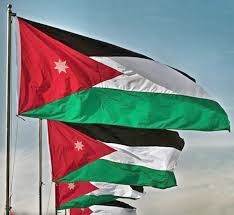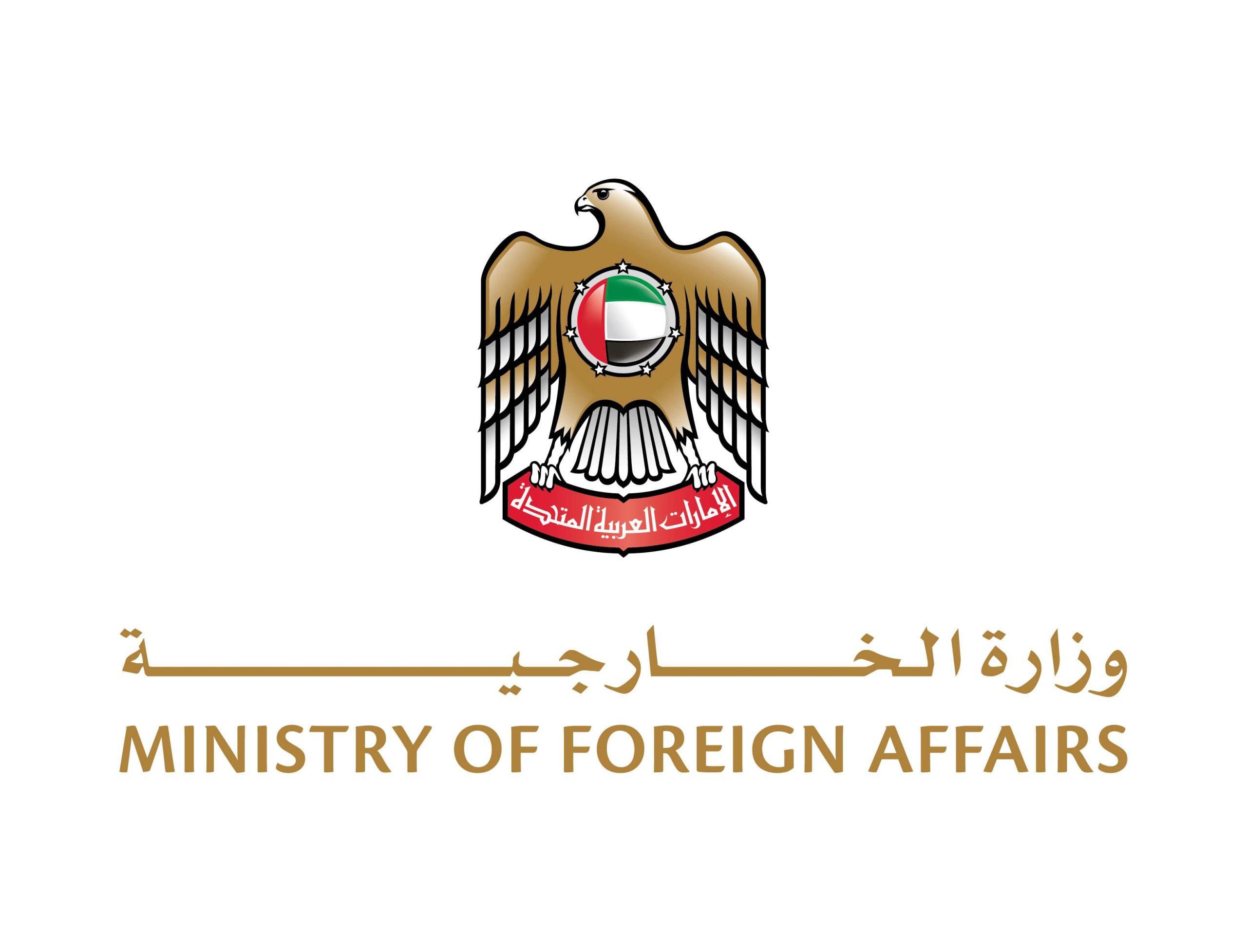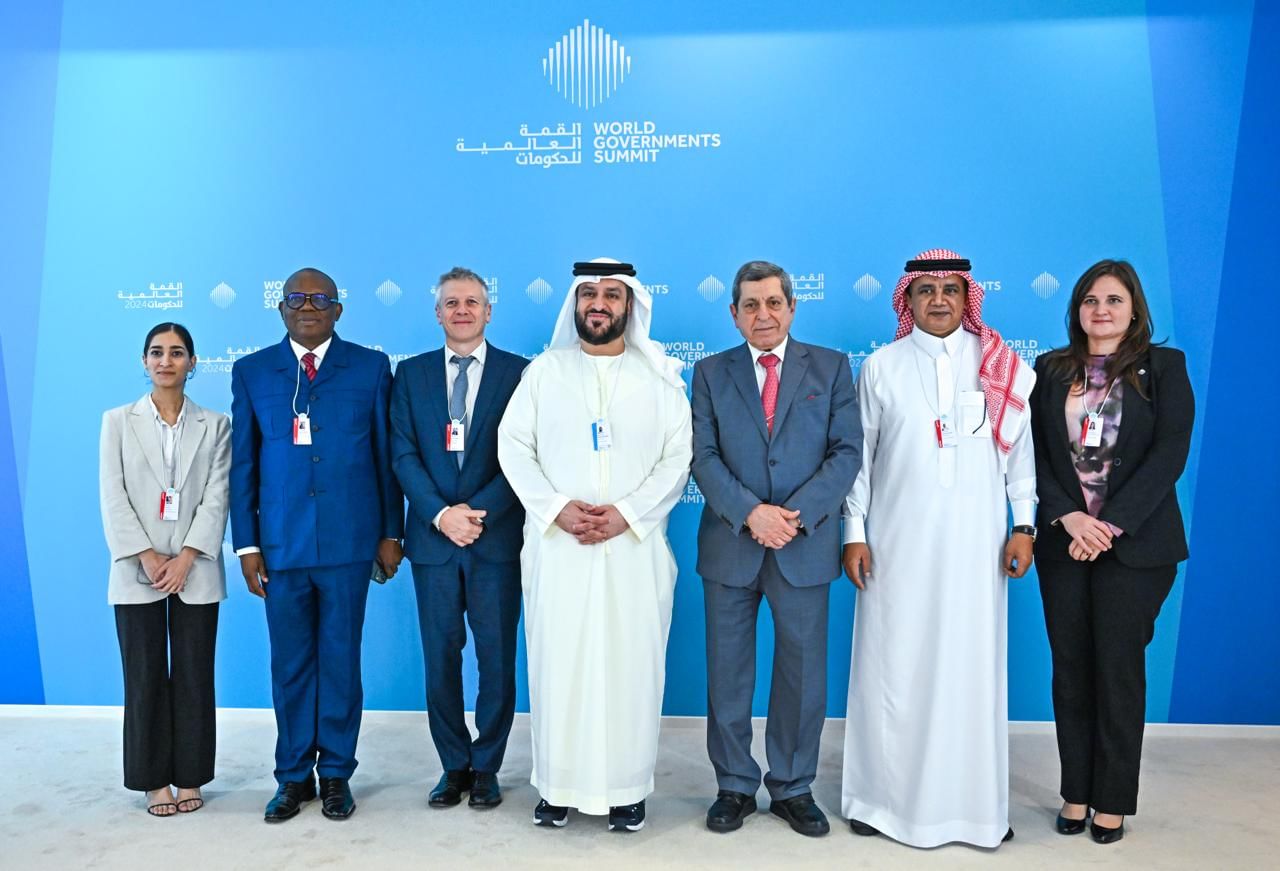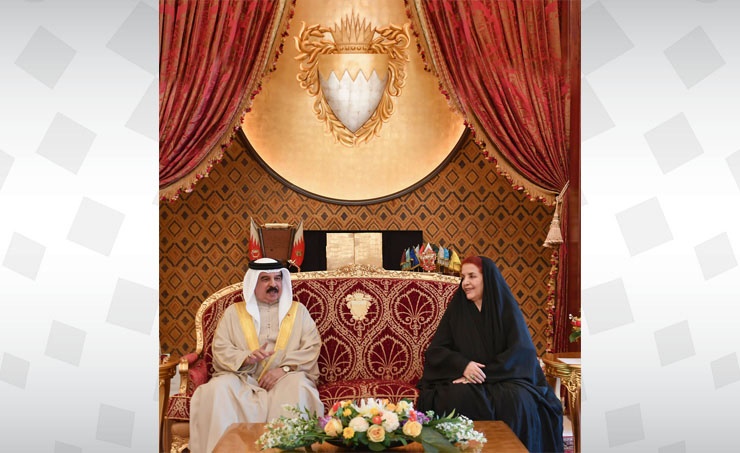

Jordan’s silica sand deposits offer multibillion-dollar investment opportunity
Amman, Jan. 25 (Petra & FANA) — High-purity silica sand in southern Jordan is estimated to be worth billions of dollars, providing a strong incentive for both international and domestic investors.
Research shows that there is a high return on investment for silica (quartz sand). It is estimated that there are 12 billion tons of high purity silica deposits in the southern Ma’an Governorate, with 22,000 tons used by the local market each year.
The Energy and Minerals Regulatory Commission reports that in 2021, a total of 68,800 metric tons of high purity silica were manufactured.
The Ministry of Energy and Mineral Resources has been able to upgrade silica purity in the Dabbet Hanout / Ras Al-Naqab area to 99.62 percent and is aiming for 99.99 percent purity.
This is part of a three-pronged effort started in February 2022 by the ministry to reevaluate silica ore in light of international markets’ demand for ultra-pure silica ore of greater than 99.9 percent.
The Ministry’s research and analysis showed that Jordanian silica ores have low levels of mineral impurities, so purifying them to greater than 99 percent wouldn’t incur a significant financial burden.
The purity of Jordanian silica samples processed by a Canadian laboratory (SGS) was upgraded from 95-98 percent (natural form) to more than 99.9 percent using washing, grinding, sieving and magnetic separation techniques, the ministry notes.
The ministry explains that wash-based processing of silica ores (10-minute wash at 400 rpm) proved efficient in raising purity from 98 percent to 99.4 percent.
In southern Jordan, silica ores are abundant and can be extracted with minimal effort using only surface mining techniques and they can be found in proximity to major thoroughfares and the port of Aqaba.
Specifically, there are large quantities of silica sand in the areas of Ras al-Naqb, Qa’a al-Disi, Wadi al-Siq–al-Rakia, al-Jishiya area, which is located 6 km east of the port of Aqaba, in addition to Petra – Ain al-Bayda.
Silica is used in the manufacture of glassware, crystal glass, glass panels, fiber optics, optical glass, plumbing molds, ceramics and bricks, and water filters. It is also used in the manufacture of rubber, plastic, paper, paint and in a host of chemical industries.
In 2021, the mining industry earned a total of JD3.11 billion, of which 1.94 billion dinars came from extraction and JD1.16 billion dinars from manufacturing, according to the ministry’s figures.
In 2021, the mining industry was responsible for 9.12 percent of the Kingdom’s GDP and 30.4 percent of total exports.
While the mining industry accounted for over 19 percent of total exports in 2019, the Mineral Resources Strategy for 2025 aims to increase its contribution to the GDP to 11 percent from the current level of 7.7 percent.
Licenses to explore for and mine minerals like phosphate, potash, limestone, silica, pozzolana, dolomite, calcium carbonate, copper, and others are issued and renewed by the Energy and Minerals Regulatory Commission.
Recently, the ministry has signed an agreement with a private company to map out the Kingdom’s natural minerals resources to lure in investments to this sector.
Over the course of two years, the company will conduct an electromagnetic survey of the various regions of the Kingdom to pinpoint areas with mining potential.
In August 2020, the ministry announced a number of potential investment opportunities in the mining and petroleum industries across the Kingdom, opening up several areas with potential oil, oil shale, and minerals wealth.
In particular, the ministry identified 12 minerals with commercial viability for both the extractive and manufacturing industries.
The most significant mineral ores that are currently commercially exploitable are the subject of a special bulletin launched by the ministry, providing information on each ore’s estimated geological reserves as well as a description of the mineral ores found in Jordan, their nature, and the geological environment in which they are found.
The ministry also introduced a platform aimed at helping mining investors and streamlining business operations to improve the overall investment journey and experience.
The ministry has signed seven memoranda of understanding (MOUs) to explore and mine minerals and other resources throughout the Kingdom, with a focus on manufacturing industries, since the beginning of 2022.
In addition, the ministry recently unveiled an interactive map that highlights regions with potential raw mineral wealth that are open to investments. This map features 13 different mineral resources, including basalt, bentonite, chalk, copper, diatomite, dolomite, feldspat, gold, gypsum, kaolin, phosphate, limestone, and quartz.
//Petra// AA
25/01/2023 10:19:12


